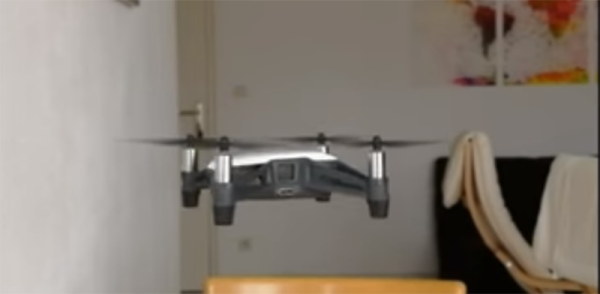Hackaday Editors Mike Szczys and Elliot Williams are back after last week’s holiday break to track down all of the hacks you missed. There are some doozies; a selfie-drone controlled by your body position, a Theremin that sings better than you can, how about a BGA hand-soldering project whose creator can’t even believe he pulled it off. Kristina wrote a spectacular article on the life and career of Mary Sherman Morgan, and Tom tears down a payment terminal he picked up in an abandoned Toys R Us, plus much more!
Take a look at the links below if you want to follow along, and as always tell us what you think about this episode in the comments!
Take a look at the links below if you want to follow along, and as always, tell us what you think about this episode in the comments!
Direct download (60 MB or so.)













